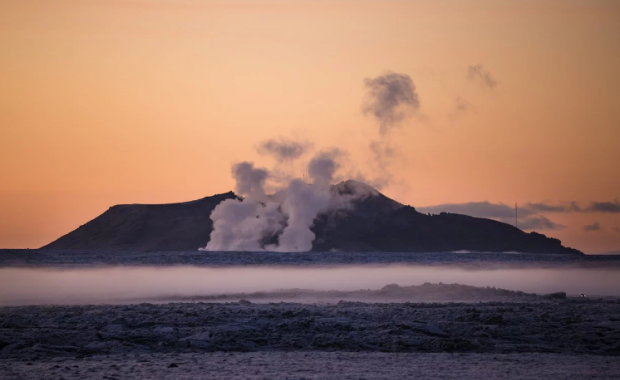Without immigration the Icelandic economy would have ground to a halt years ago. With an unemployment rate of less than 3%, and a labor participation rate of 80-85% the domestic labor pool has simply been unable to meet the needs of a rapidly growing economy. As a result Icelandic employers have been hiring workers from abroad. According to the latest figures from Statistics Iceland, immigrants now make up 18.6% of the labor market, more than at any time in the past.
Read more: How much is the average wage in Iceland?
Statistics Iceland finds that in the second quarter of 2018, an average of 200,798 individuals were employed in Iceland. Of those employed, women were 93,884 or 47.1% and men were 106,914 or 53.2%. The number of employed immigrants was 37,388 on average, or 18.6% of the total.
Most of those employed in Iceland, or 96.9% of the total, were legal residents of Iceland. Out of these 163,410, or 83.9%, had an Icelandic background. A total of 32,110 immigrants were employed on average during the second quarter. Most had a legal residence in Iceland (85.9%) while 5,278 (14.1%) did not have a legal residence in Iceland.
People who are not born in Iceland, and whose parents and all four grandparents are are not born in Iceland, are categorized as immigrants according to Statistics Iceland’s classification. Those who do not fall into this category, including second generation immigrants, are considered to have an Icelandic background.

Statistics Iceland
Without immigration the Icelandic economy would have ground to a halt years ago. With an unemployment rate of less than 3%, and a labor participation rate of 80-85% the domestic labor pool has simply been unable to meet the needs of a rapidly growing economy. As a result Icelandic employers have been hiring workers from abroad. According to the latest figures from Statistics Iceland, immigrants now make up 18.6% of the labor market, more than at any time in the past.
Read more: How much is the average wage in Iceland?
Statistics Iceland finds that in the second quarter of 2018, an average of 200,798 individuals were employed in Iceland. Of those employed, women were 93,884 or 47.1% and men were 106,914 or 53.2%. The number of employed immigrants was 37,388 on average, or 18.6% of the total.
Most of those employed in Iceland, or 96.9% of the total, were legal residents of Iceland. Out of these 163,410, or 83.9%, had an Icelandic background. A total of 32,110 immigrants were employed on average during the second quarter. Most had a legal residence in Iceland (85.9%) while 5,278 (14.1%) did not have a legal residence in Iceland.
People who are not born in Iceland, and whose parents and all four grandparents are are not born in Iceland, are categorized as immigrants according to Statistics Iceland’s classification. Those who do not fall into this category, including second generation immigrants, are considered to have an Icelandic background.

Statistics Iceland






